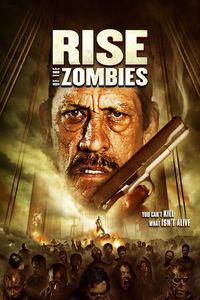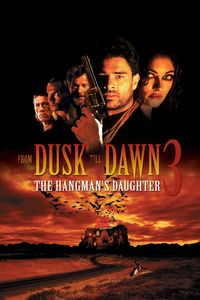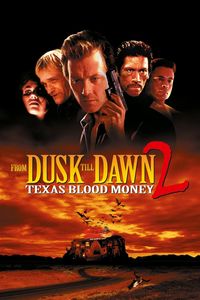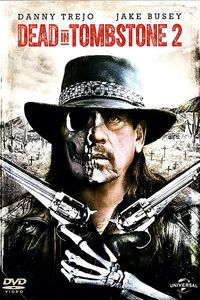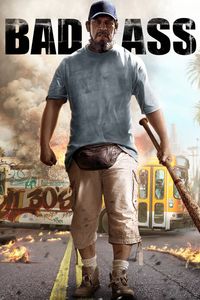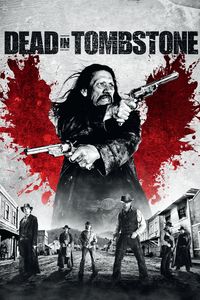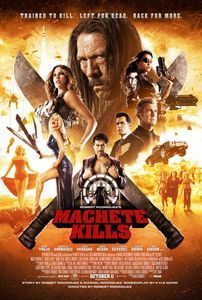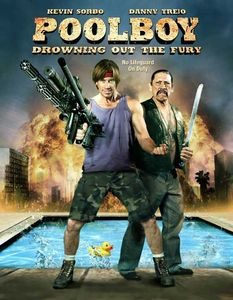(On Cable TV, January 2014) Low-budget comedies languishing in the back-catalogue of cable movie channels are a gamble: most of them aren’t very funny to begin with, and when the films themselves are hampered with the constraints of a low (often very low) budget, the best one can hope for is a little charm and a few chuckles. Given this, my expectations for Poolboy: Drowning out the Fury were modest… and they were pleasantly exceeded. There is little doubt that Poolboy labours under the constraints of an ultra-low budget. Unlike other films, though, Poolboy recognizes, embraces and celebrates its lack of resources: It brazenly uses badly-integrated stock footage, re-plays identical sequences, doesn’t care about overacting, badly fakes location shooting and messes with jaded audience expectations. The best thing about the film may be a moderately-witty script that builds an elaborate meta-fictional game of fourth-wall-breaking self-references, loosely structured around a “lost movie” conceit. Poolboy purports to present a 1990 film lost to studio meddling, in which a Vietnam veteran fights the Mexican cartels that have taken over the Los Angeles pool-cleaning industry. Insane levels of racism, sexism, gore, offensiveness and gratuitous nudity abound –although you have to be careful for what you wish for in “gratuitous nudity”. Surrounding the ultra-cheap action film footage are commentaries from the megalomaniacal director St. James St. James (played with panache by Ross Patterson, who also wrote the script), interviews with survivors of the shoot, newspaper clippings and other such elaborate nonsense. It’s silly and juvenile and moronic and surprisingly amusing. The dialogue has its moments, but Poolboy‘s deadpan refusal to slow down is what makes the film so surprisingly enjoyable: It piles up the jokes one atop the other, seldom pausing for laughs or milking its latest gag. As a result, Poolboy feels densely-paced and quite a bit more confident in its own silliness than other similar low-budget efforts. (It’s even… dare I say… clever.) Kevin Sorbo is a good sport as the Ramboesque protagonist, while Danny Trejo seems to have fun incarnating Mexican-criminal stereotypes. Humor is subjective, obviously, and I suspect that there’s something in Patterson’s absurdist script that’s suspiciously like my own kind of funny (He had my attention thirty seconds in the film, with “…and the last three are a lifestyle”), but that’s a reviewer’s prerogative: In the meantime, Poolboy gets my recommendation as a hidden gem, one that will appeal most fiercely to jaded viewers with a taste for self-referential satire and familiarity with low-budget movies. It’s my happy discovery of the month. It’s not just one of those “best worst movies”: à la Black Dynamite, Poolboy is definitely aiming to get its intended laughs. St. James St. James is my new favourite film auteur.
